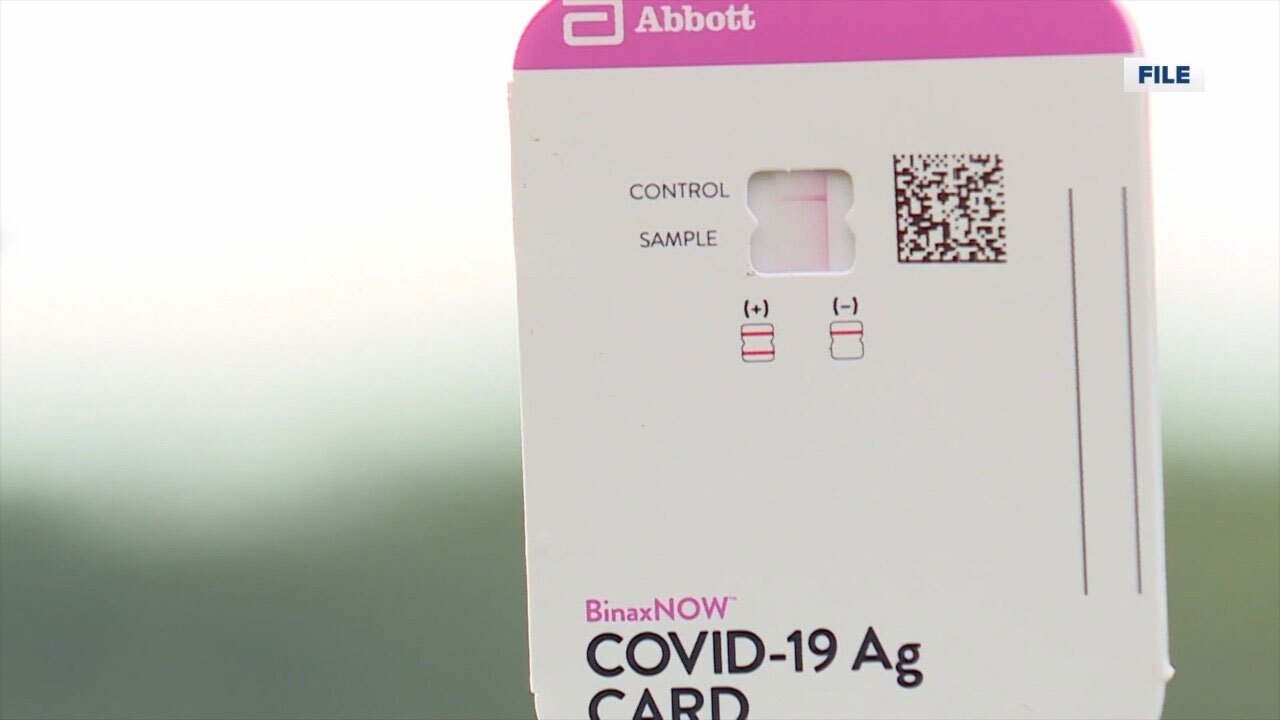TAMPA, Fla — They’re easy and quick and when positive at-home COVID-19 antigen tests are really accurate.
“It’s like 99.9 something percent accurate for positivity, so if you’re positive, chances are you really are positive,” said Dr. Thomas Unnasch, a distinguished USF Health professor at the College of Public Health.
But it can produce a false negative especially if you don’t take the test right or you don’t have enough viral load in your nose (we’ll get to that in a minute).
But, can weather have an impact on the efficacy of the tests? There’s a chance. For example, on the box, many tests will say to store between 34-86 degrees Fahrenheit.
“If it’s stuck in the back of a UPS truck and it gets there and it doesn’t get delivered for a week I think there may be a problem,” said Dr. Unnasch.
But, he said these tests have to go through stability tests, which oftentimes means it must show it can still work even after being in freezing or extremely high temperatures. But, to make sure the test is really working, take the test when it’s at room temperature and always look for the control line.
“If you don’t see that really good strong line in that upper band, basically what it's saying is 'hey there’s something wrong with the test,'” he said. “Either it’s bad or the reagents are bad or the sample you took is not very good.”

A blue control line at the top only, no lines at all, a pink/purple sample line only, or a blue control line and pink sample line all mean the test is faulty and you should get a new test.
What if you test negative but are feeling sick? It’s quite possible you have a low level infection. Dr. Unnasch said especially for folks who are vaccinated and boosted, you are likely to experience symptoms about three days before you test positive and that positivity window is short-lived.
“So, if you’re real low level infected and you’re just not producing much virus, you may get a negative test even if you were infected but you’re still not producing enough virus to make anybody else sick,” he said.



